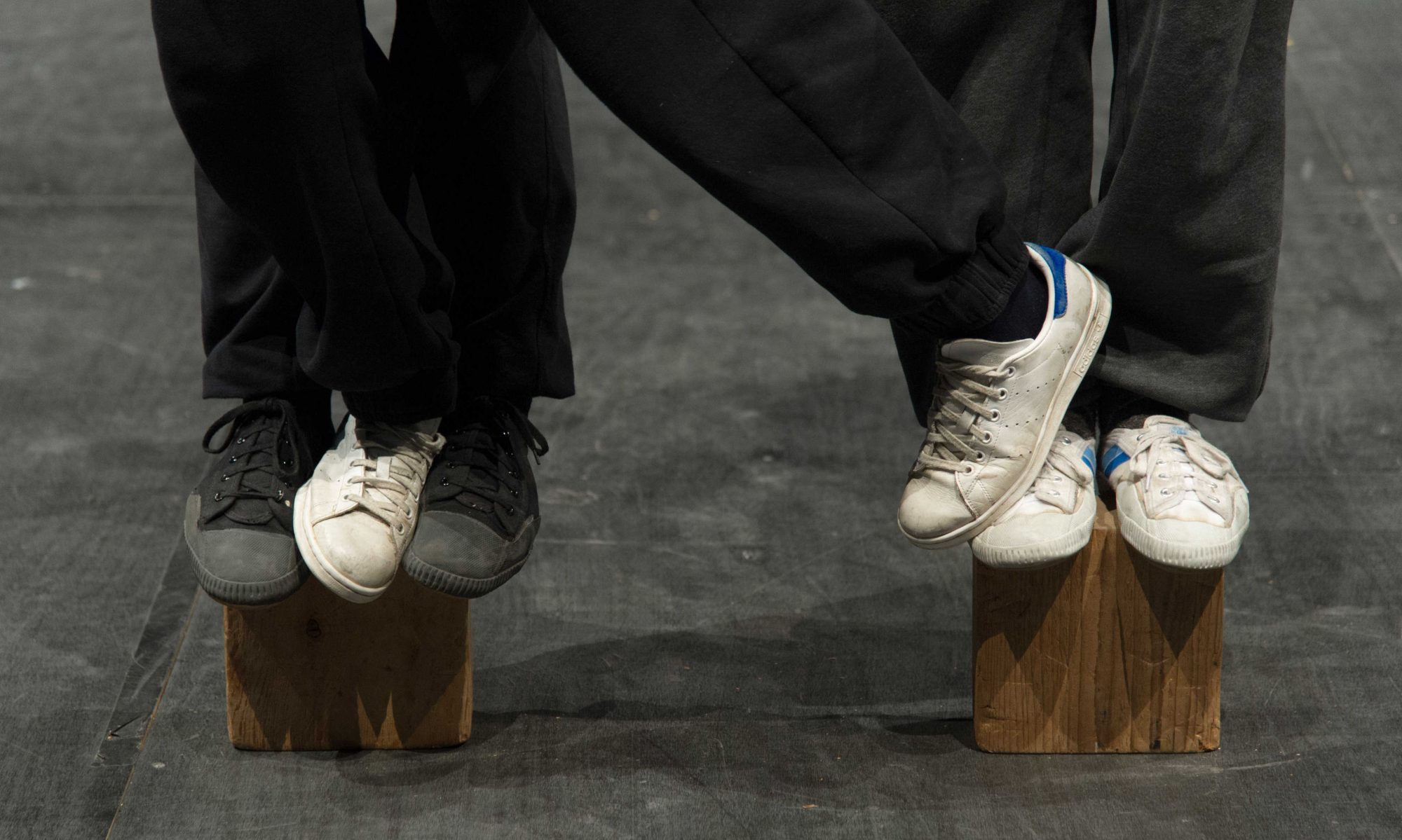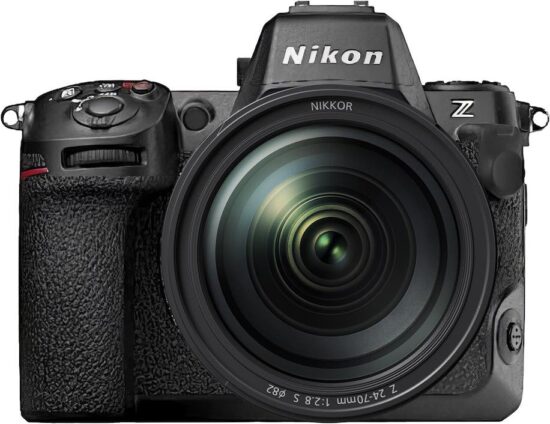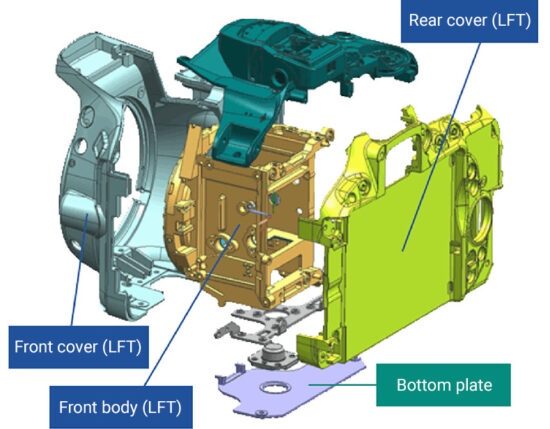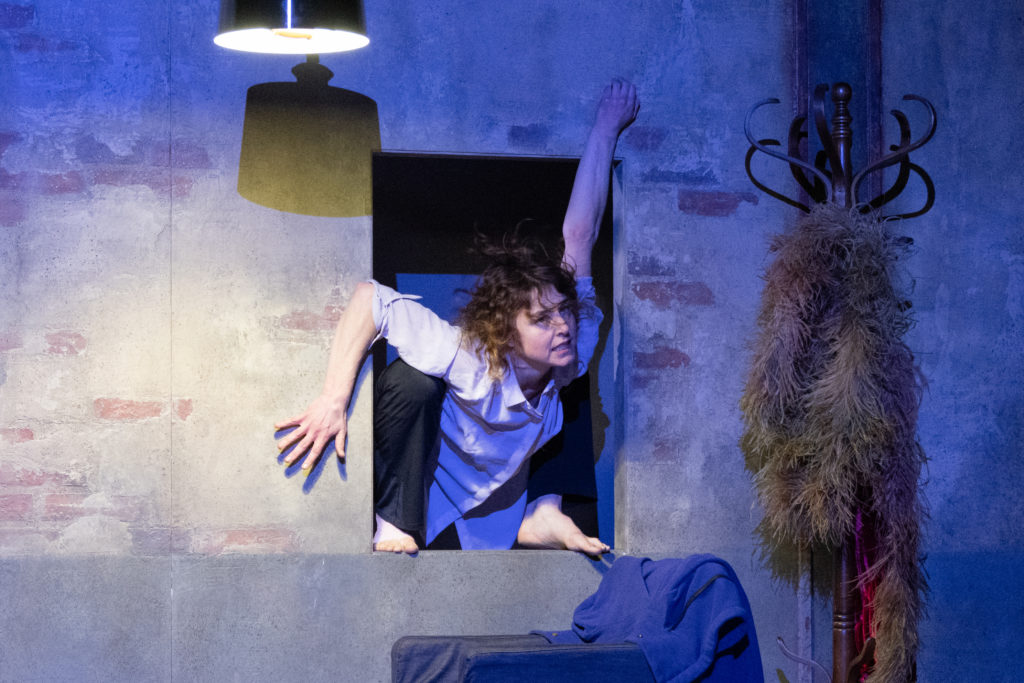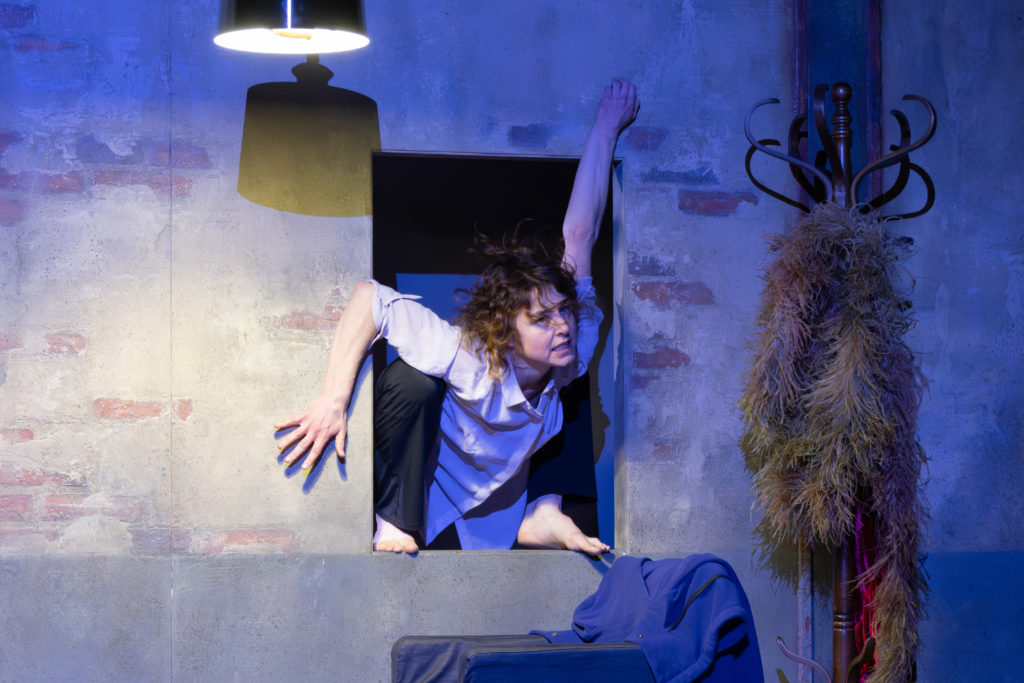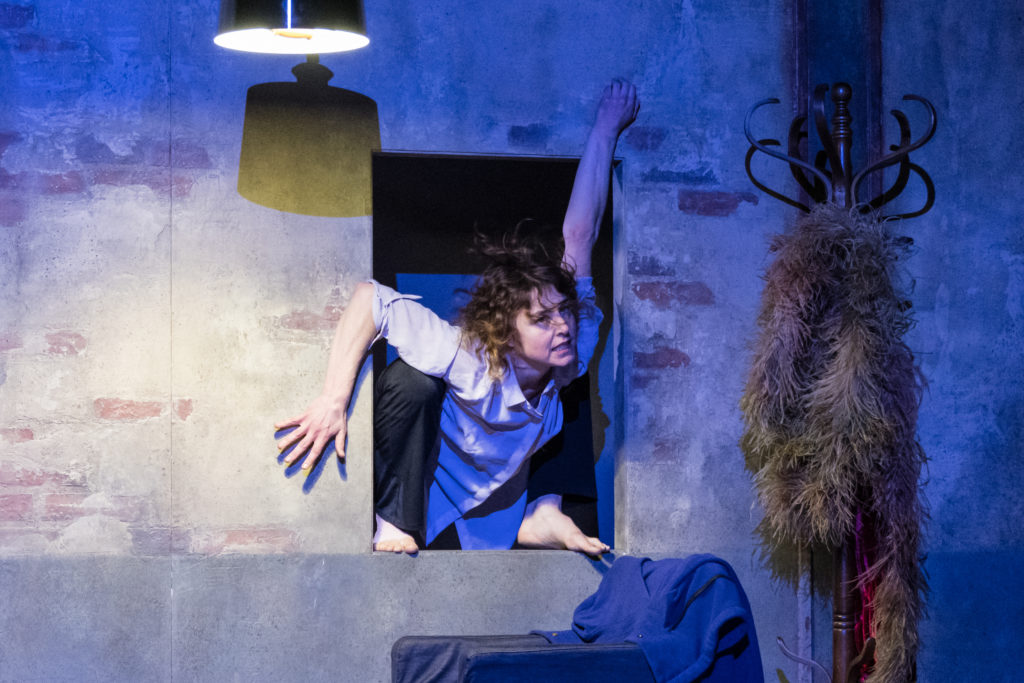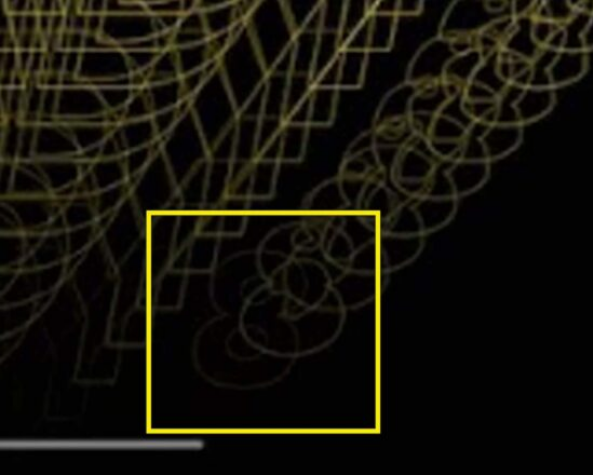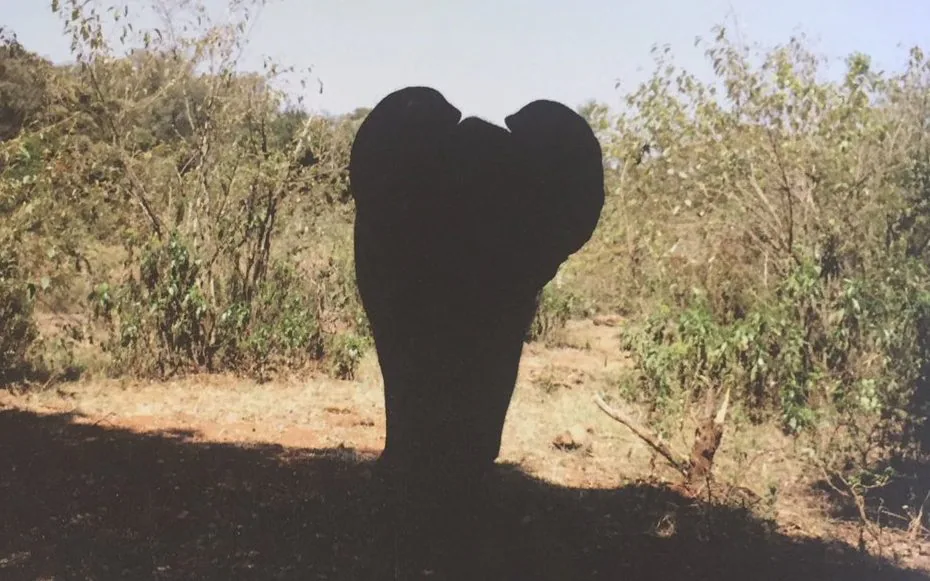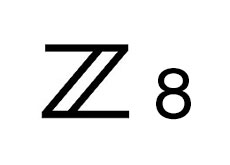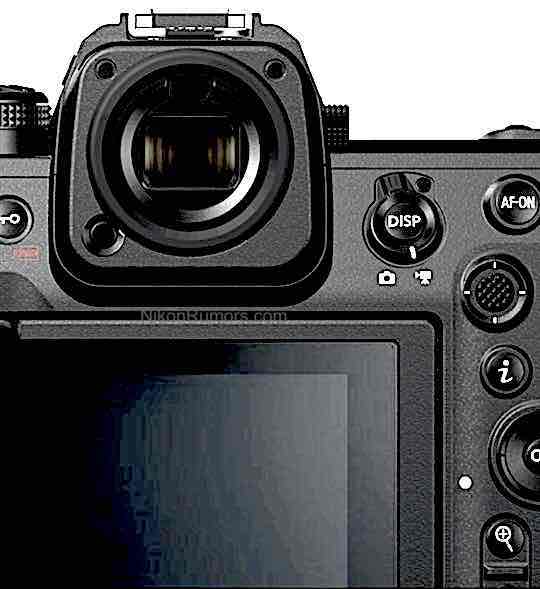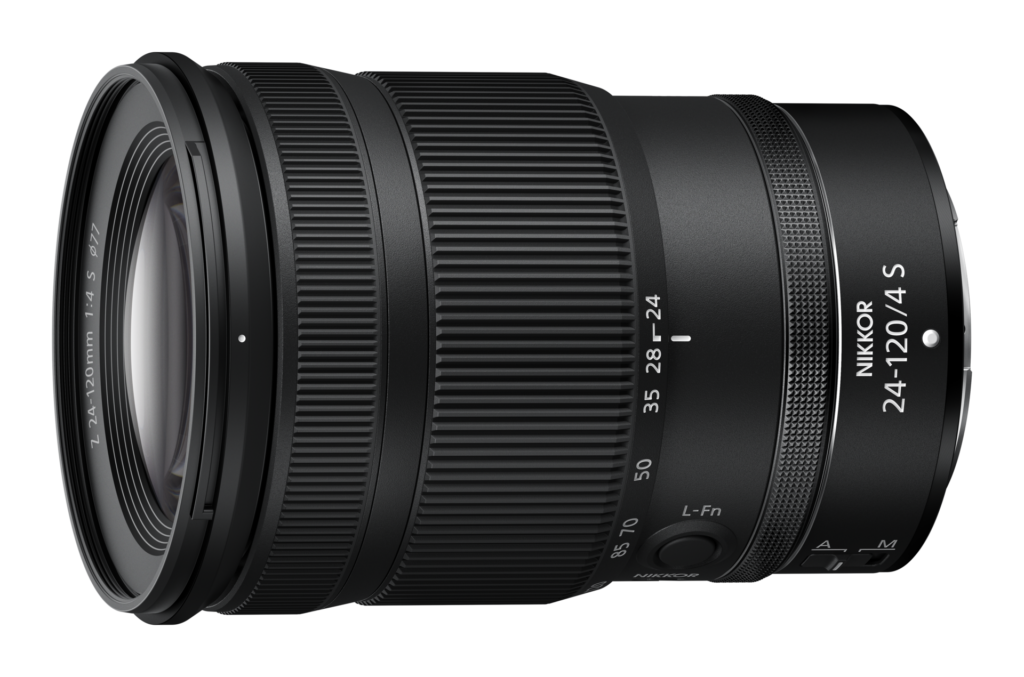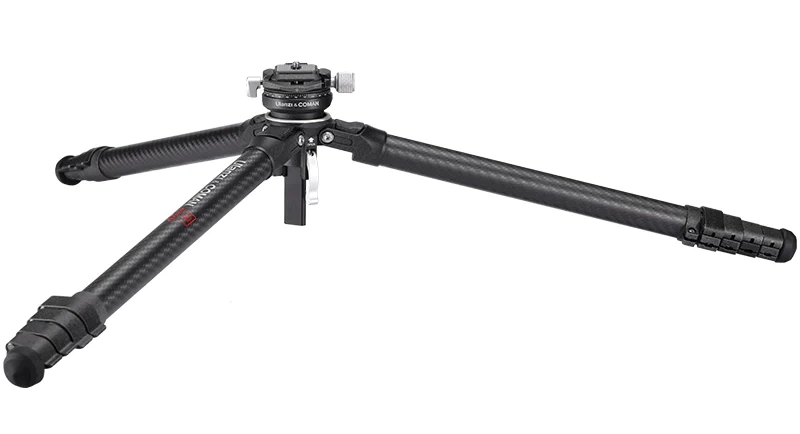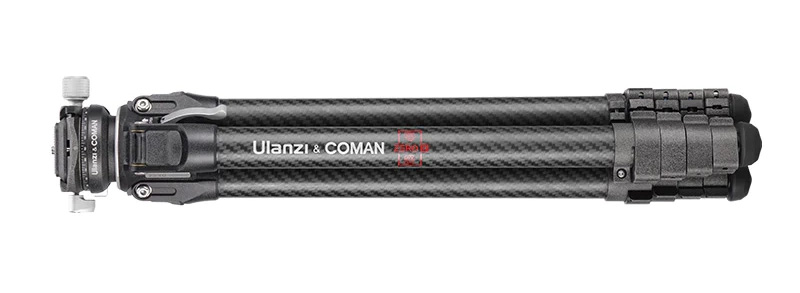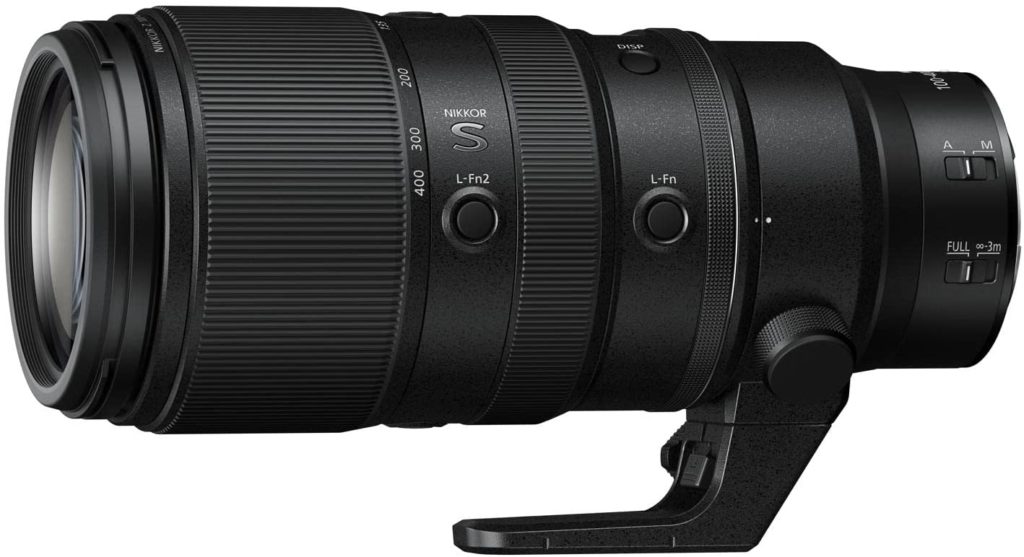And more to the point, is it important?
This is a ‘mock-up’ (or a real image) of the upcoming NIKON Z8 – the fan boys are all getting very excited – to the point where some have even stopped adding hooks to their garage ceilings, so that they can scan the web for new ‘news’ on yet another NIKON camera they will never actually own.
For me, at least, the most important element is that this shows what NIKON thinks is the future – where we’re going with full-frame digital cameras. It’s fairly clear that they’re not putting that much effort into DX – the number of lenses is frankly disappointing for the smaller format, although the camera bodies ‘seem’ to conform to a reasoned planning ( for once) with a tendency towards video and v-logging which is more marked than before.
The ‘smaller Z9’ status seems to be born out with the specifications of the new camera. NIKON are maintaining the electronic shutter – but why wouldn’t they – it’s hugely effective, and considerably less complicated to make. It’ll be interesting to see if they include the sensor protection (shutter blind) in this model as well.
Two different memory cards seems to be par for the course as well – in the ‘pro-sumer’ range of cameras it’s totally reasonable to have the ability to use a really fast, but expensive, CF Express card for the 45mp sensor, and a much cheaper SDXC card for video capture – the buffer size seems to increment exponentially every new camera iteration, and this helps getting the images off the sensor and onto the card as quickly as possible, but it also helps to have a sufficiently rapid card. Personally XQD or CFExpress is the way to go, with the former probably fading away soon – the large capacity and MUCH faster CFe cards are slowly -becoming almost affordable !
There is a body size comparison over on Nikonrumors.com but I admit to being slightly confused – I was led to believe this new body would be more akin to the Z6/7 format, but now it seems it’s grown in size to be a similar profile to the D850 – only thinner, obviously.
I don’t have any problems with the size and/or weight of the Z9 – obviously, with almost identical specs in a smaller body could be useful for some jobs, it’s true, but judging by the proposed 4,500€ I won’t be adding this to the stable soon. Apparently a battery grip will be available too, with this and the camera using the well established EL-15 series batteries.
Another thing that has surprised me in these theoretical specifications, is the sensor size, and we’ll all find out in a few days time. I still can’t get my head around staying with a 45mp sensor when suitable 60 or 61mp sensors already exist. The ‘manual’ that was leaked earlier this year seems to include an interesting format too ( 9552 x 6363 ) which is certainly larger than 45mp. I’m certainly not hunting for a massive pixel rise with all the complications that come with it, not least of which, the disk space needed to store even larger RAW files, and the time to treat them, but the Z series lenses must have been designed with 60mp or even greater sensor sizes in mind, in particular the ‘S’ variants, so when are we going to see a camera with this kind of sensor. Adding a higher pixel density camera body would extend the overall range of the ‘Z’ system.
This would seem to me an ideal moment to follow in the footsteps of LEITZ and allow a choice of pixel density on the same sensor – 30, 45, 60 – all technically possible.
The rumours continue regarding the use of new thermoplastics being used to advantage in the camera body – this is a good thing if it lightens the load, but I know a lot of the fan boys ‘don’t like plastic’ so any mention of this material is doomed to receiving criticism. It should be noted that ever since the D3000 NIKON has used plastics in many situations – even the latest Z DX 12-28 f/3.5-5.6 PZ VR lens has a plastic lens mount, like a number of it’s AF-S cousins.
It should be noted, by the simple inclusion of a mirror box, this isn’t the new camera…
Countdown is still on…8 more days to go fan boys!
